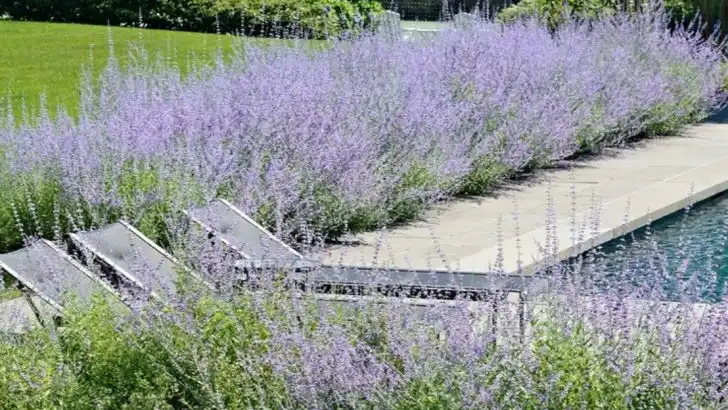Marigolds are often seen as a go-to flower for beginners — bright, easy to grow, and widely available. But take a look at high-end gardens or professionally designed landscapes, and you’ll notice something missing: no marigolds in sight.
Why? While they’re reliable, many landscapers consider marigolds too predictable, too short-lived, and lacking the refined texture or lasting impact that great designs demand. In this article, we’ll explore why pros skip marigolds — and share 15 alternative plants that bring strong color, longer blooms, and a more polished look to garden beds and borders.
It’s time to elevate your plant palette — without sacrificing ease.
Lavender
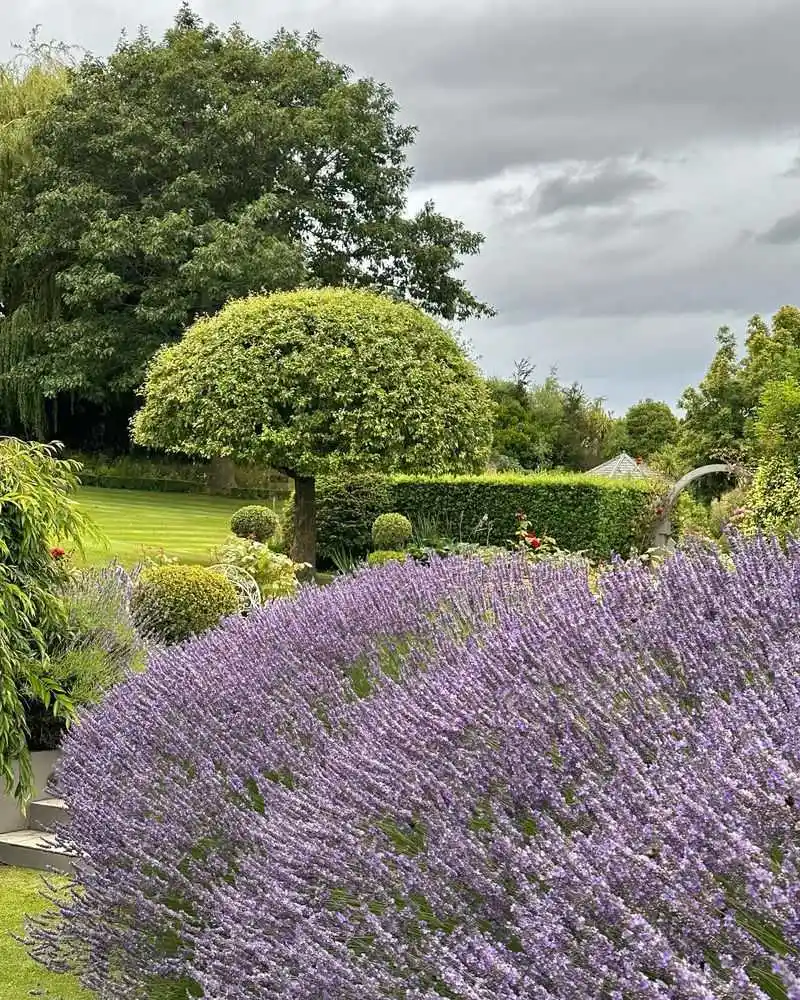
Lavender exudes an aroma that soothes the senses and brings a touch of Provence to any garden. Its hardiness against pests makes it a landscaper’s dream. Lavender thrives in full sun and well-drained soil, making it perfect for xeriscaping. Incorporate it into borders or mass plantings for a sea of purple that comes alive in the breeze. The plant’s silver foliage adds visual interest even when flowers are not in bloom. A favorite among bees, lavender supports local pollinators, making it an eco-friendly choice.
Hostas
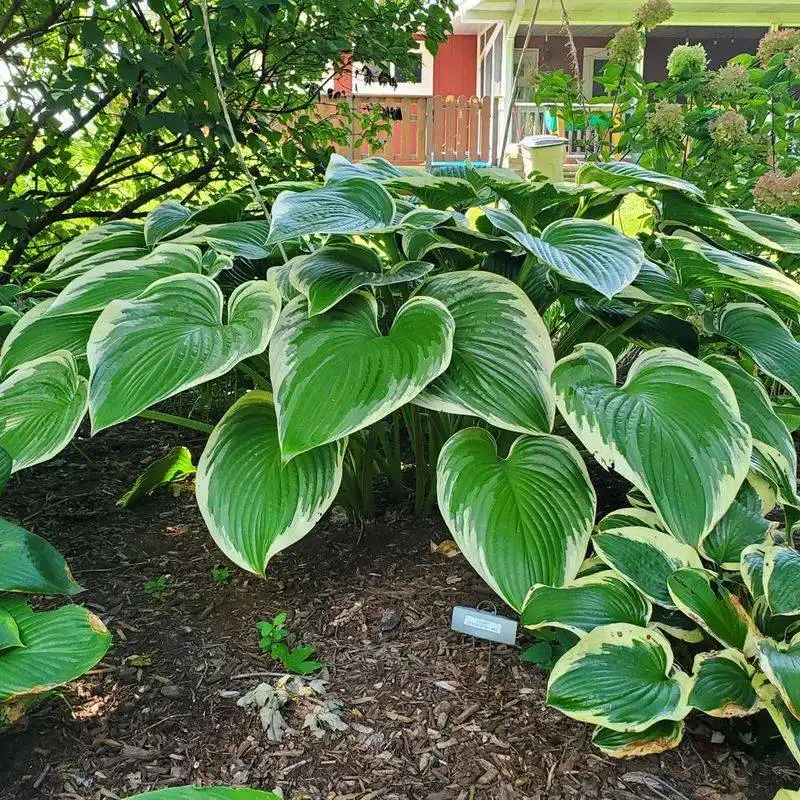
With their broad, textured leaves, hostas are the workhorses of the shade garden. Available in a wide range of colors and sizes, they add depth and contrast without requiring much sunlight. Hostas thrive in moist, well-drained soil and are perfect for adding layers to any landscape. Their resilience makes them ideal for locations that experience varying weather conditions. Also, these plants provide a lush backdrop for other flowering plants, ensuring a dynamic and visually engaging garden.
Echinacea
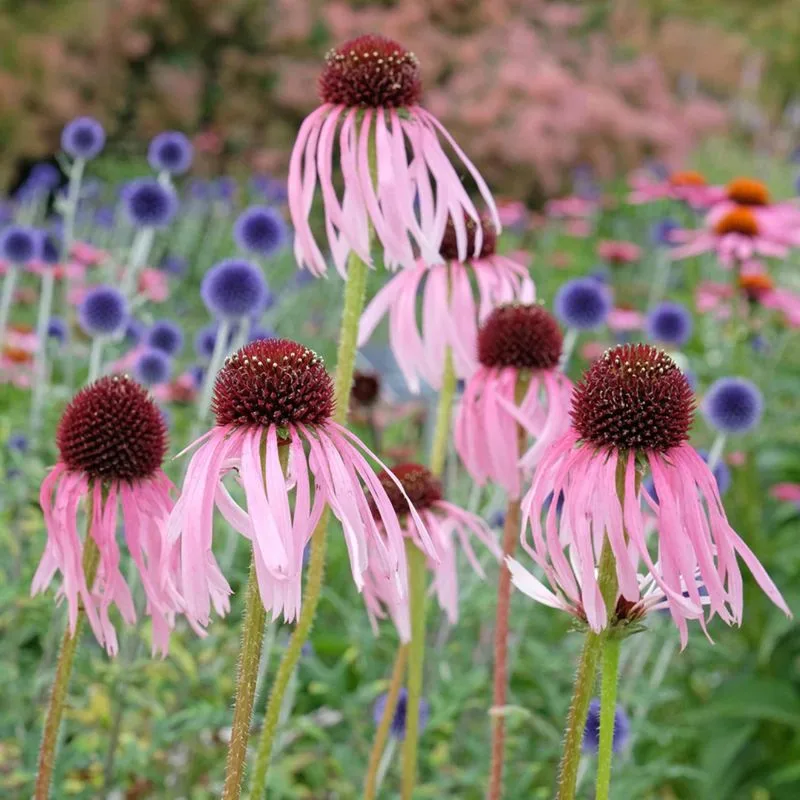
Echinacea, or coneflower, stands out with its large, daisy-like blooms and distinctive central cones. This perennial is drought-tolerant and flourishes in sunny locations. Echinacea is not only admired for its beauty but also for its ability to attract beneficial insects, including butterflies and bees. The plant’s long blooming season ensures that gardens remain colorful from summer to fall. Its medicinal properties offer an added bonus, making it a practical and attractive choice for any garden.
Sedum
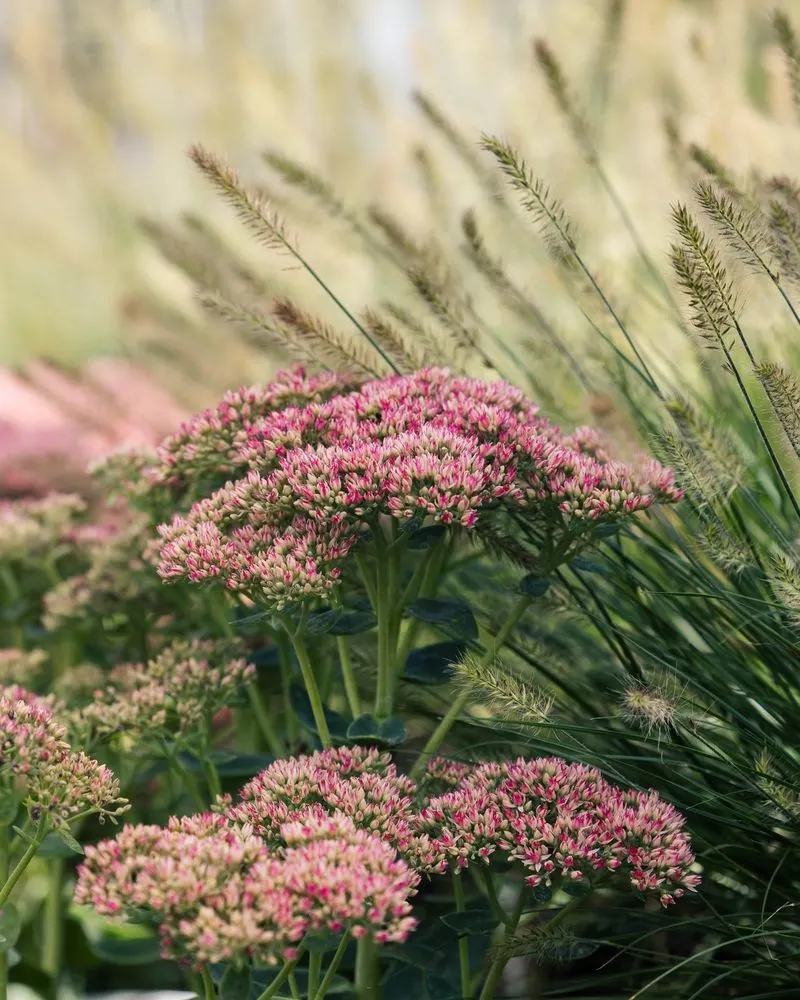
Sedum, also known as stonecrop, is a succulent that brings a touch of the desert to any landscape. Known for its drought resistance, sedum is perfect for rock gardens and areas with poor soil. Its fleshy leaves store water, making it a low-maintenance option. Available in a variety of colors, from vibrant greens to deep reds, sedum adds visual interest throughout the year. Its star-shaped flowers attract pollinators, enhancing the biodiversity of the garden.
Russian Sage
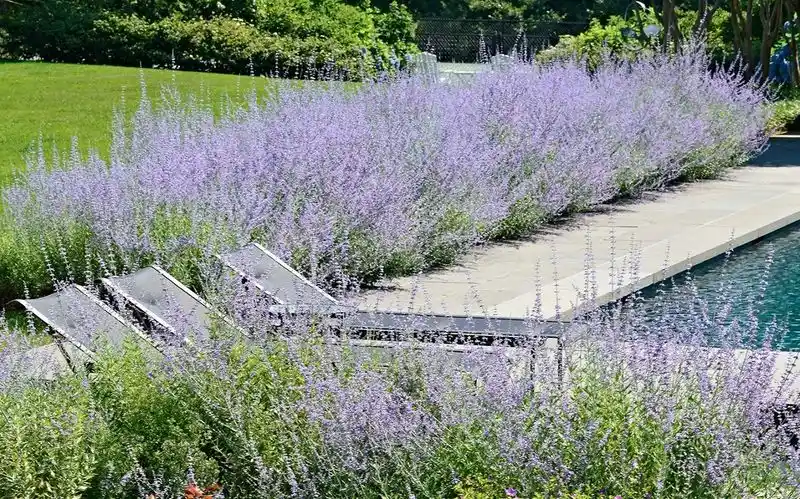
Russian Sage offers an ethereal quality with its wispy, silver leaves and tall spikes of lavender-blue flowers. Ideal for sunny, dry spots, it adds a touch of elegance with minimal care. The plant’s aromatic leaves are deer-resistant, making it a practical choice for rural areas. Russian Sage’s airy appearance provides a soft, cloud-like backdrop in gardens, beautifully complementing bolder plants. Its long blooming period ensures continuous color through the growing season.
Daylilies
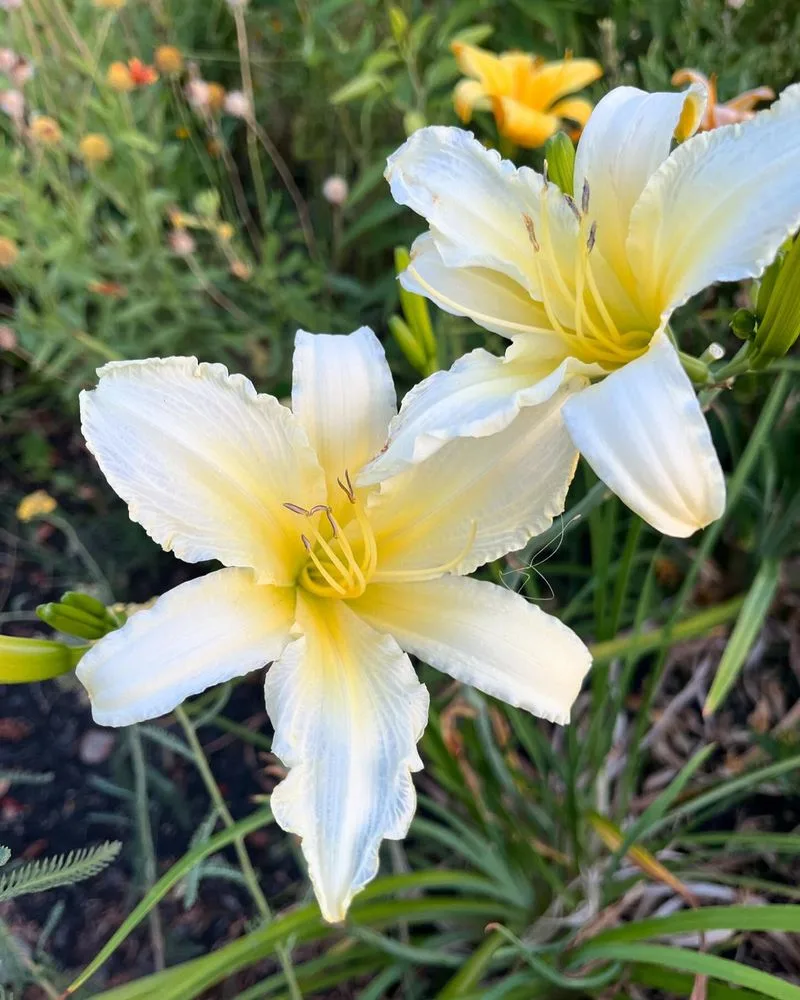
Daylilies are renowned for their dependable blooms and easy care. Each flower opens for just one day, but the plant produces many buds, ensuring a continuous display. Thriving in various conditions, daylilies are versatile and resilient. They are perfect for borders, slopes, and mass plantings, adding a bright splash of color. Their ability to adapt to different soil types and climates makes them a favorite among landscapers. These plants also attract hummingbirds, adding lively movement to gardens.
Heuchera
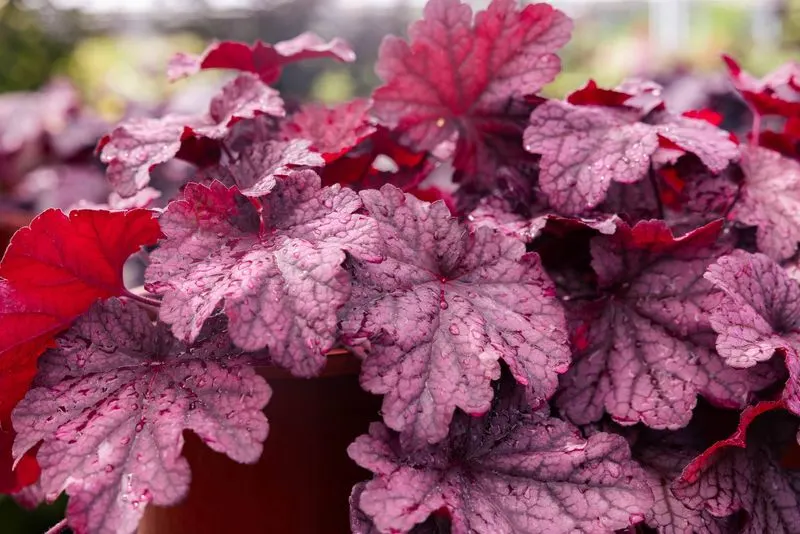
Heuchera, commonly known as coral bells, captivates with its vibrant foliage and delicate flowers. Ideal for shaded areas, it offers a burst of color where other plants might falter. The leaves come in a spectrum of hues, from deep purples to bright greens, adding richness and texture. Heuchera is low-maintenance and adaptable, thriving in a variety of soil conditions. It’s a fantastic choice for edging paths or filling containers, providing year-round appeal with its evergreen leaves.
Salvia
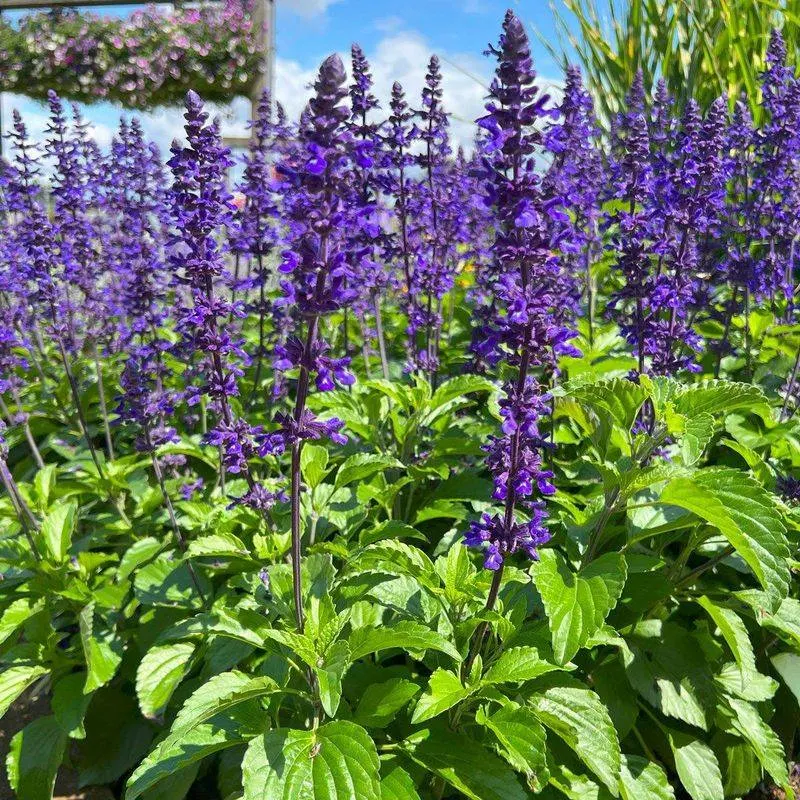
Salvia offers a dramatic flair with its vertical spikes of flowers and aromatic foliage. This sun-loving perennial is drought-tolerant and low-maintenance, perfect for those seeking vibrant color without the fuss. Salvia’s long blooming period attracts pollinators, including bees and hummingbirds. The plant’s strong stems and bold hues provide structure and interest in borders and cottage gardens. Available in various colors, salvia can be mixed and matched to create stunning visual effects.
Dianthus
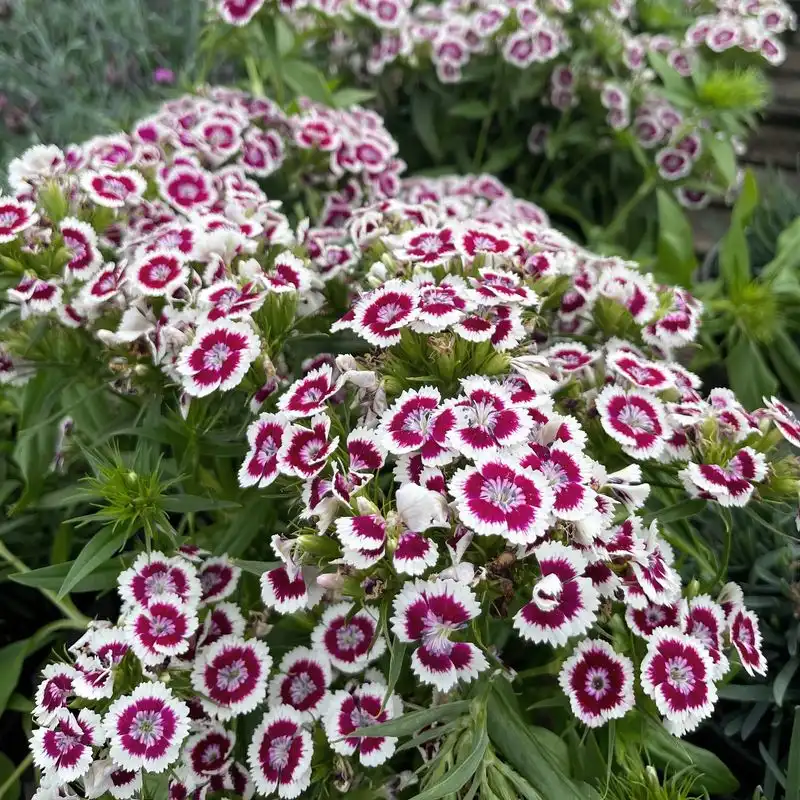
Dianthus, often called “pinks,” brings vintage charm with its frilled petals and clove-like scent. Perfect for borders and rock gardens, it’s a versatile addition to any landscape. Dianthus thrives in full sun and well-drained soil, producing vibrant blooms that attract butterflies. Its compact size makes it an excellent choice for containers and small gardens. The plant’s long flowering season ensures continuous beauty, while its low water needs make it a sustainable option.
Gaillardia
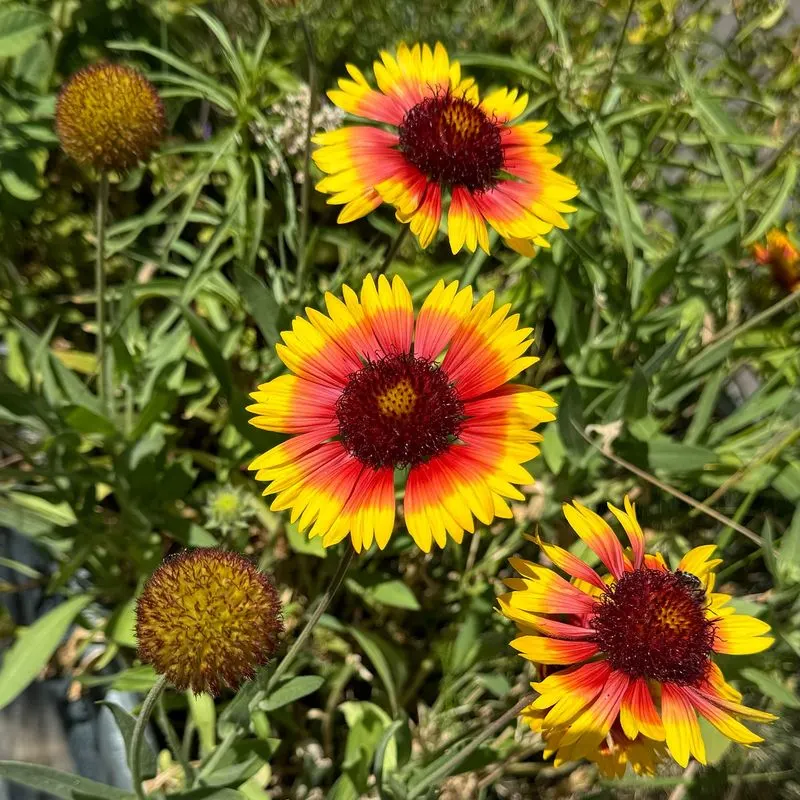
Gaillardia, or blanket flower, boasts bright blooms that bring a burst of warmth to gardens. This hardy plant thrives in sunny locations and poor soil, making it easy to grow in challenging conditions. Gaillardia’s long blooming season provides continuous color from early summer to fall. The flowers attract butterflies, enhancing the garden’s ecological value. Its tolerance to heat and drought makes it a reliable choice for busy landscapers seeking minimal upkeep.
Nepeta
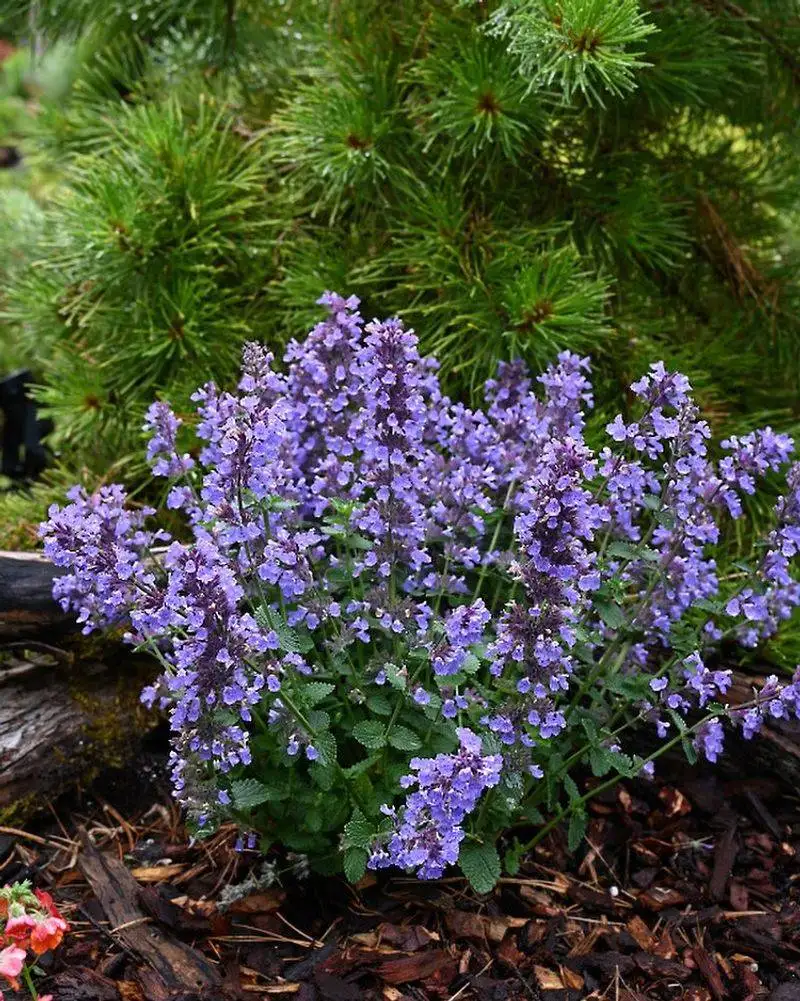
Nepeta, commonly known as catmint, offers a soft color palette with its blue flowers and grey-green foliage. This resilient perennial thrives in full sun and dry soil, making it a staple in drought-tolerant landscapes. Nepeta’s long flowering period and ability to attract pollinators make it beneficial for both aesthetics and biodiversity. It’s perfect for edging paths or filling gaps in perennial borders, providing a calming presence with its gentle hues and fragrant leaves.
Lantana
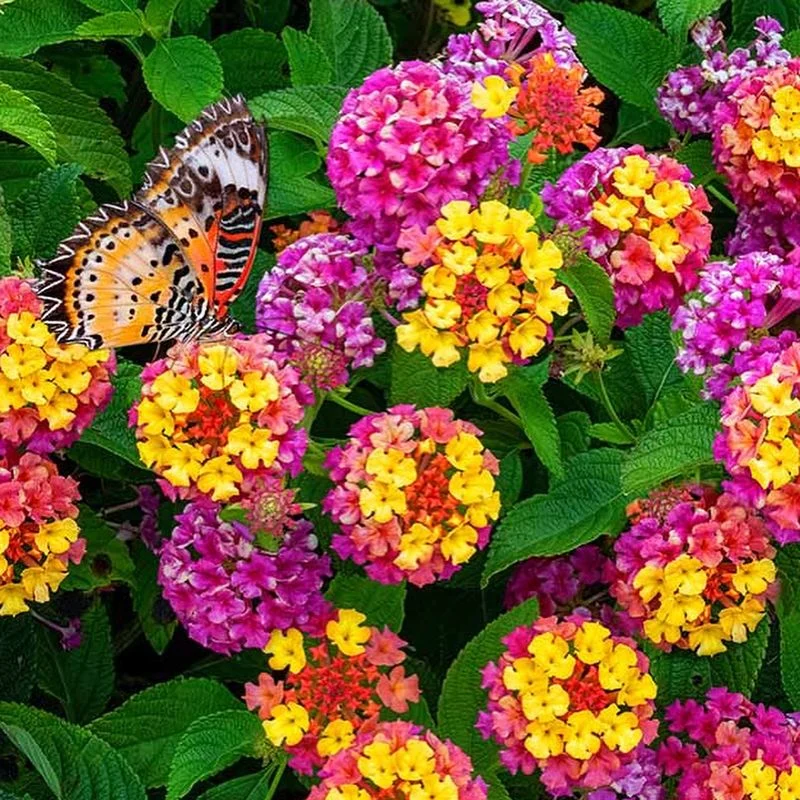
Lantana’s vibrant clusters of flowers provide a kaleidoscope of color that livens up any landscape. This sun-loving plant is drought-tolerant and thrives in hot climates, offering continuous blooms from spring to fall. Lantana attracts butterflies and hummingbirds, adding dynamic movement to the garden. Its ability to withstand heat and dry conditions makes it a practical choice for challenging environments. Whether used in containers or as ground cover, lantana delivers impact and color.
Coreopsis
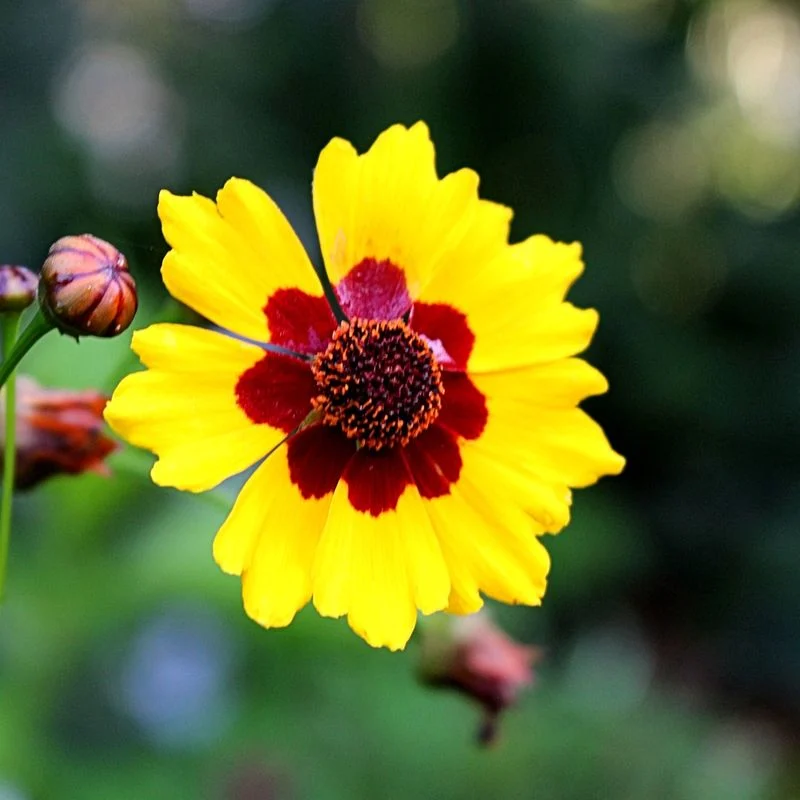
Coreopsis, with its sunny disposition, brightens gardens with yellow blooms that seem to capture sunlight. This hardy perennial thrives in poor soil and full sun, making it a go-to for low-maintenance gardens. Coreopsis attracts a variety of pollinators, enhancing biodiversity. Its extended blooming period ensures gardens stay lively and colorful from late spring to early fall. The plant’s ability to self-sow and spread adds to its appeal as a carefree and cheerful addition.
Yarrow
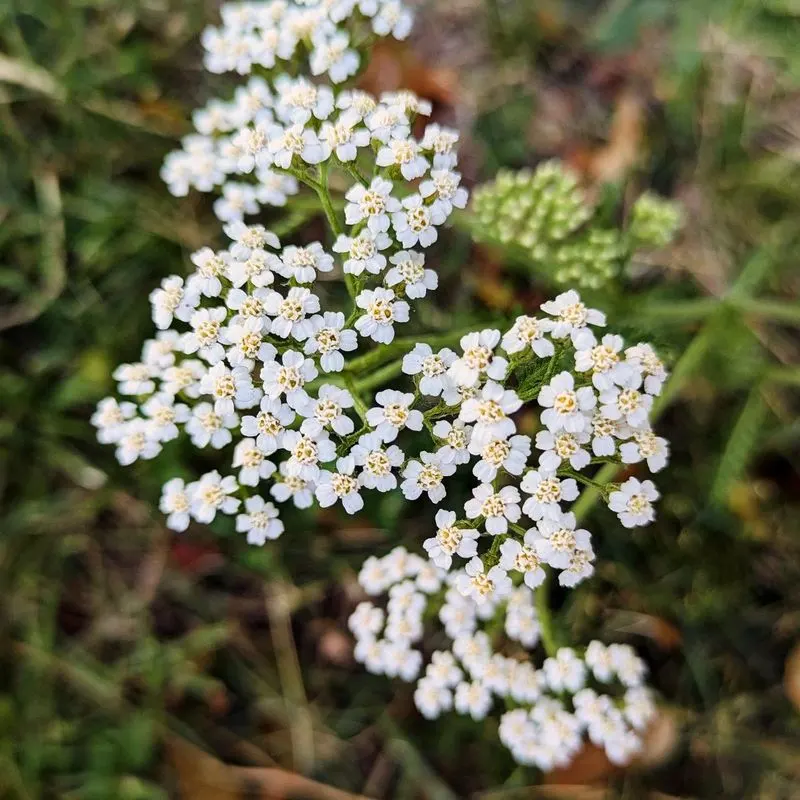
Yarrow is treasured for its feathery foliage and flat-topped clusters of tiny flowers. This hardy perennial thrives in poor soil and full sun, requiring little water. Yarrow’s long blooming period and ability to attract beneficial insects make it an asset to any garden. The plant’s ability to adapt to various environments ensures it remains a favorite for naturalistic and sustainable landscapes. Its medicinal properties have been valued for centuries, adding historical depth to its appeal.
Ferns
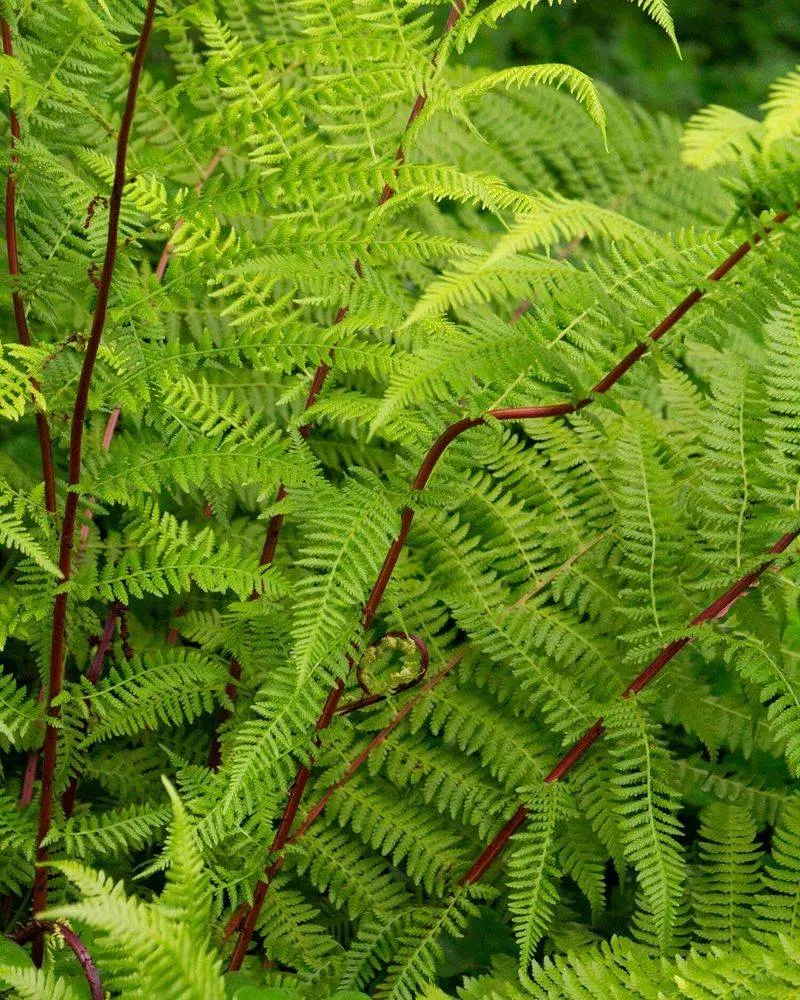
Ferns bring a sense of ancient beauty with their delicate fronds and lush green hues. Ideal for shaded areas, they thrive in moist, rich soil. Ferns add texture and depth, creating a serene and naturalistic feel in gardens. Their low-maintenance nature makes them perfect for woodland settings and shaded borders. With a wide variety of species, ferns offer endless possibilities for creating layered, verdant landscapes. Their timeless elegance and resilience ensure they remain a staple in garden design.

